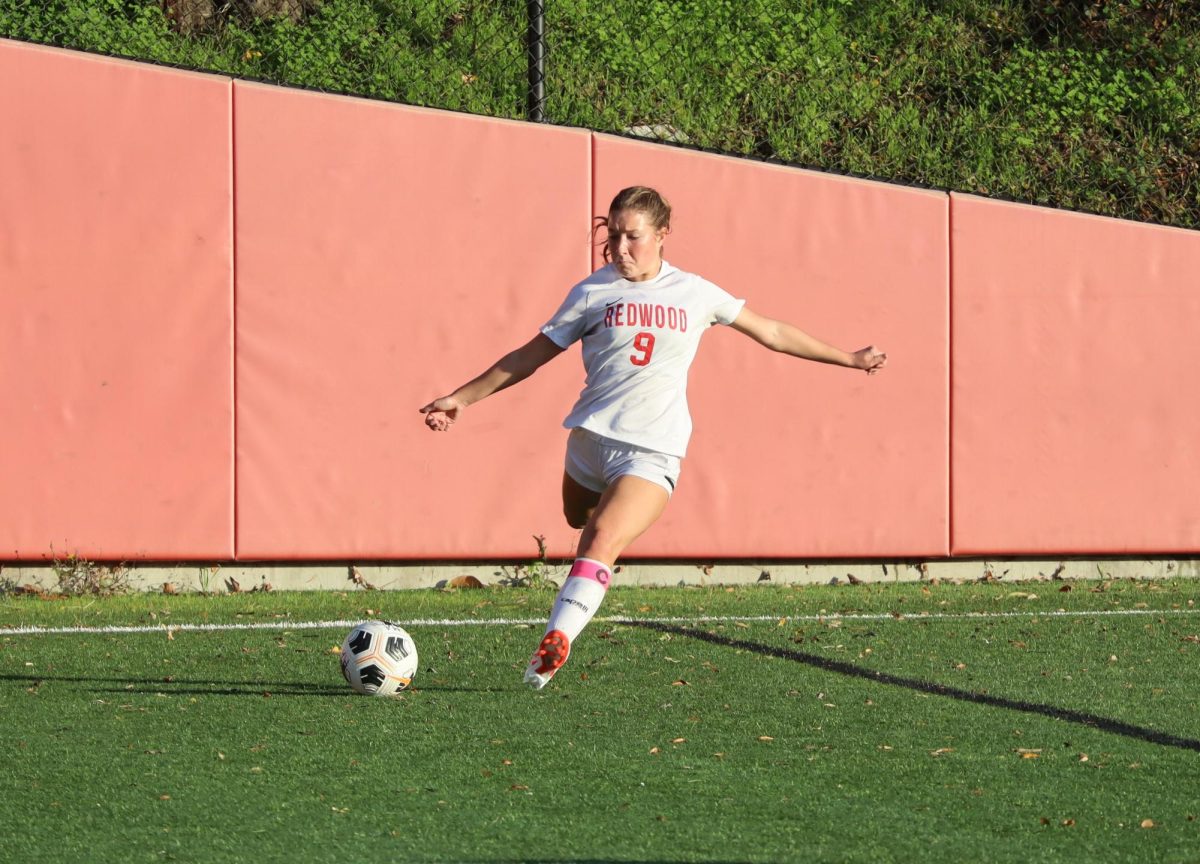Since its creation in 1915, The Pacific-12 Conference (Pac-12) has undergone various name changes, yet it has always included most West Coast schools. The institutions that have been there since its establishment include the University of California, Los Angeles (UCLA), the University of Southern California (USC), the University of Oregon, the University of Washington, the University of California, Berkeley (Cal), Stanford University, Washington State University and Oregon State University.
Suddenly, after years of competitive play and top-tier athletics, UCLA and USC announced that they would be leaving the Pac-12 and joining the Big 10 (Midwest Conference) for the

2024 season and beyond.
Starting next year, the Pac-12 will no longer exist. All the teams previously involved have announced their new plans, officially leaving the conference. Oregon and Washington will join UCLA and USC in the Big 10. Stanford and Cal are aligning with the Atlantic Coast Conference (ACC). Arizona, Arizona State, Colorado and Utah are joining the Big 12 (South Atlantic Division). Lastly, Washington State and Oregon State are set to remain in the Pac-12.
Because of these monstrous changes, college football fans have mixed emotions about this sudden move. A huge Michigan fan and alum, teacher David Nash is excited to see more Michigan sporting events when they visit the West Coast but is also concerned for the mental health of athlete’s as they try to balance athletic and academic commitments.

“I’m not opposed to some change, but bringing teams from the West all the way up to the other part of the country and vice versa is not right for college athletes. It’s one thing for a football team to make a couple of trips across the country, but basketball, baseball, softball and volleyball [are all] teams that usually have two matchups a week. That’s a lot more travel,” Nash said.
One of the biggest problems is going to be stability in college sports now. Divisions are changing and players are leaving their schools. This year alone, the National Collegiate Athletic Association had the most transfer players in its history. 8,699 college athletes moved to a new school. That’s a 5.5 percent increase from the previous year’s record number of 8,242.
“I don’t see any long term stability. All I see is [that college football divisions] are completely fractured. Money talks. If there’s more profit and you break some long standing traditions, so be it. For these schools, it’s all about the money,” Nash said.
This change also comes with some positives. The Big 10 will add four top 25 teams to its division, so the competition will be even greater. Junior Rocco Saputo, a Michigan State fan, is excited about the addition to the Big 10 and college football as a whole.
“It’s just very exciting. It’s a new era of football. We will see games being played at a much higher level and I’m excited to see football get even more competitive,” Saputo said. It might not be perfect and I don’t know how much this will affect these schools in the future, I just want to see [college teams in new divisions] play.”






